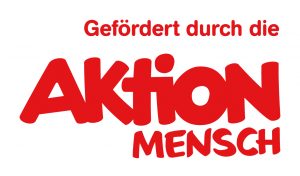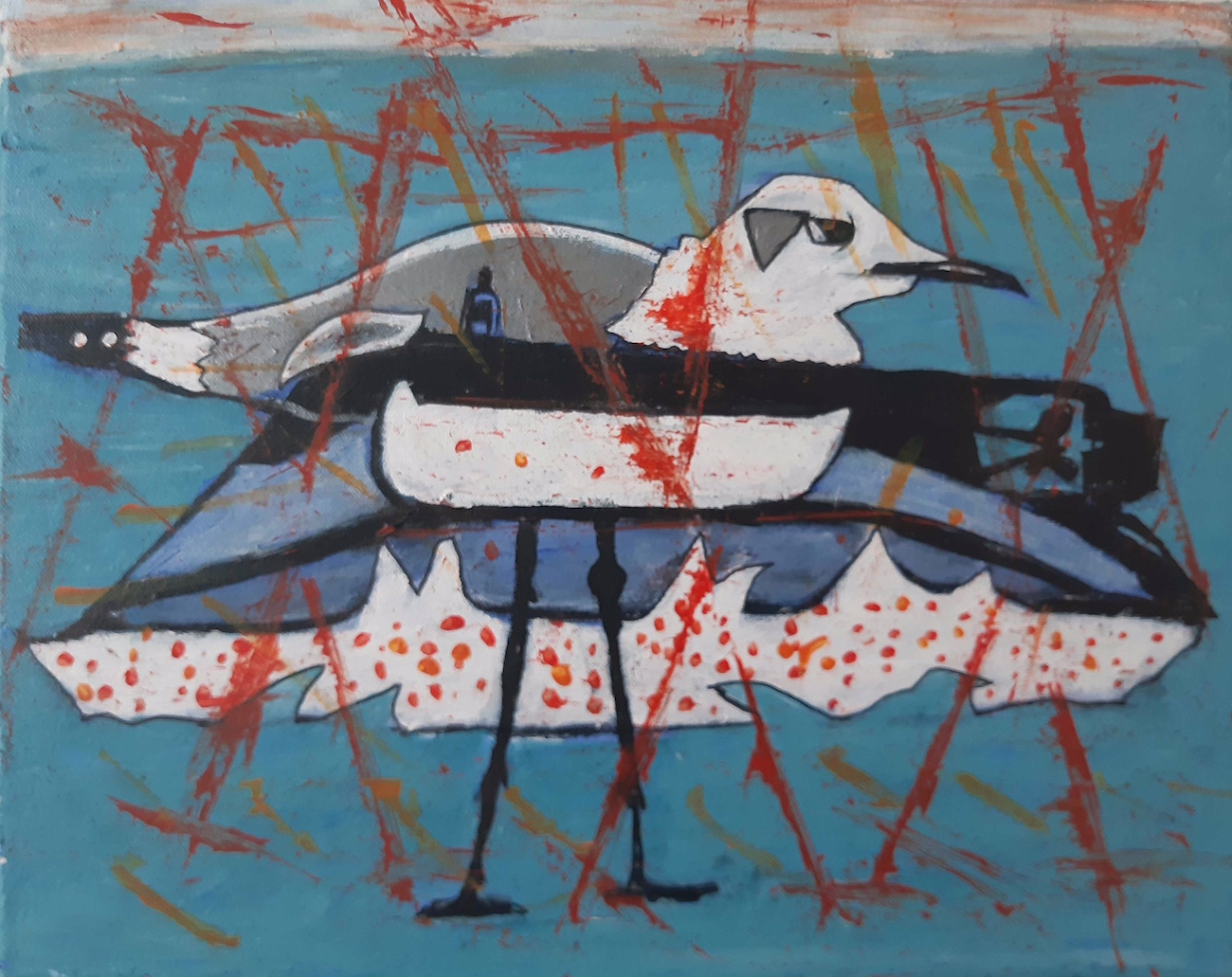
An interview with Mary Ana (Maryam Sheikh) by Antke Engel
December 2019
AE: Maryam, you contributed to the Caring for Conflict-KLIRRRRR festival in 2017 with your video Bisheh (Mary Ana 2016, Iran/Sweden, 15min). You call it ‚a video love letter‘ tackling the condition of migration and the possibilities of feminist solidarity and resistance. At that time you were already living in Sweden, but still waiting for asylum – after a three-year journey fleeing from Iran via Turkey. You have now been granted asylum and found a flat in Gothenburg, where you live with your cat Anarch and continue your artistic practice. Currently, your work is mostly in painting; however, the topics are similar to those you dealt with in your five video works: migration and flight; the loss of loved ones left behind; the violence of a world defined by authoritarian regimes, war, and environmental catastrophe as well as sexism, homophobia, and heteronormativity. What you create is very powerful, colorful, and poetic. In an email you wrote, referring to a poem by Forough Farakhzad, that the ugliness of the world would be worse if people closed their eyes to it.
So, do you think that art can be a form of resistance as well as remedy? What does it mean for your artistic practice that you are working under conditions of migration?
MA: I moved towards painting when I was spiritually and psychologically overwhelmed by the migration process and its consequences. In the host country of Sweden I have been facing discrimination and racist issues at school, university and society milieus and for that reason I have not had any relation to the outside or to humans for a period of six months. During that period I took pen and paper with the intention of writing a note but in spite of my efforts I could not write even a line. Then instead of writing letters I found myself drawing lines, points and various figures. Since then I’ve felt that painting is therapy for my soul and helps me, disregarding the problems that make people exhausted, to continue my life with a purpose. Through painting, I express and portray in my way what passes through my mind and find a language. Hence I think art can be resistance and remedy against the hideous and inadequate systems which have not yielded anything in the world except war, immorality, injustice and sickness.
Artistic practice is in fact a kind of experimentation and a relation to oneself and others. It is also a way to get familiar with the minor artists whose thoughts and works are against the dominant streams and relations. Furthermore, artistic practice produces creative ways and points of view by simple means and on a low budget, while at the same time raising valuable, useful and practical concepts. One example is the video „In My Language“ (by Amanda Baggs). In this video we see how an autistic person turns her room into a location and makes herself an actor who not only knows the limitations caused by her disorder, but also knows ways to overcome these limitations and give the viewer a kind of indirect education about the manner and way of approaching autism; and we can even say, rather than as a disorder, she perceives autism as a way of being or a manner of behavior which just differs from what is called normal.
AE: In the exhibition that was part of the KLIRRRRR festival we already displayed one of your paintings, which depicts a grim looking soldier in uniform tenderly embracing and caressing a cat. Are you interested in this kind of contradiction?
MA: I rather paint figures and situations which I am interested in. If I am not interested in someone or something and I feel obliged to include it in a painting, for example police, closed circuit camera, statesmen, etc., I will certainly do it in ways similar to those of so called primitives or cave humans, who used to paint portraits of their enemies and strike and damage them so that the same thing might happen to them in reality. I try to do the same with paint and brushes. Of course, perhaps this damage would not be obvious in my paintings because I paint in multiple layers, for example I paint a cruise missile, then I exterminate it by spreading red paint on it, then on the red spot I paint a bird which is flying over an active volcano. In fact, nothing remains of the missile, except the fire that has exterminated it. However, the case is quite different for the images I am interested in. I often paint from photos and in selecting a photo I am more scrupulous than in painting. For example, when I was working on the collection of figures of resistance, I never painted a photo of a police officer attacking a protestor or demonstrator with a baton, weapon and tear gas, but instead I selected and painted the image of a Palestinian child who, amidst fire and mortar and smoke, has a sling targeted at the enemy.
It is so important for me to feature what is invisible instead of reproducing the world of visibilities. I gained this method incidentally by seeing these photos and real acts across the world. They raised the question for me of how in times of conflict, one can keep oneself creative and, in spite of oppositions, not reduce oneself to the role of a warrior but make art from one’s struggle which will also be useful for other people with similar experiences. In fact, these situational conflicts, like the presence of the child on a battle field using weapons instead of being on a playing field and playing with toys , makes an artist from a defeat. It also creates similarities and common links to other defeat-artists across the world with different cultures and languages. For this reason I felt a connection to your website Caring for Conflict and the thought behind this title is so valuable for me. BecauseI feel in today’s sick world every artist should also learn care in order to support and take care of the earth, animals, plants and other vulnerable humans against the disasters inflicted on them by humans themselves.

AE: So for you, including animals in your paintings makes us see care as much as conflict? Human and non-human animals are struggling for survival, and sometimes they are also struggling with each other. Oversized birds are a recurring motif. What do you mean when you write that your paintings are on the topic of migration, not only the migration of humans but also the migration of animals?
MA: In todays deranged world and due to civil and foreign wars, countless humans are forced to leave their lands and set off on a path of migration. It seems to me that the most important category in migration is the confrontation and crossing of borders and gates and walls that we already got to know on the geographical map. And now as immigrants, we find ourselves crossing this map, with the difference that the course of reality is much more complicated, precarious and enormous than the points and lines that we have anticipated on the world map. In fact one can say that all wars take place because of these boundaries and borders drawn by governments, who, consequently, make their people stray and wander like ghosts around the world.
AE: I very much like those hybrid or cyborgian figures that blur distinctions between technology and nature, for example the plane that has antennae like an insect, or a bird melted into a submarine, or is it a boat turned on its head? Why this mixture of nature and technology?
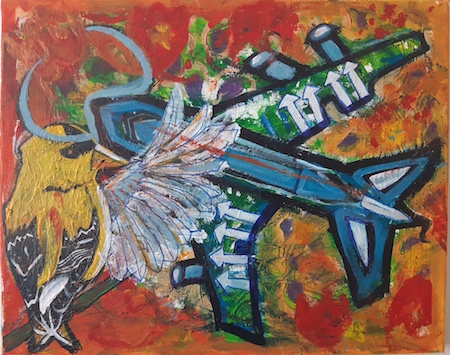
MA: It is interesting also for myself, especially when I paint from my imagination. At first I paint repetitive figures such as a fish, a woman, a cat or a bird, and in a second step I connect to them things such as wings, antennae, wheels, telephone lines… Perhaps, in this way I feel we are not integral in our singularity, but instead we need to appear in the form of a hybrid being. One day I read an essay by Deleuze/Guattari about nomadology in which they were talking about the war machine as opposed to state apparatus: Instead of distributing binary oppositions between states we could understand everything in relations of becoming and thus be capable of passing obstacles. Indeed, perhaps the combinational figures that I paint are a kind of assemblage of the war machine, trying, like a nomad with his/her wagon and animals, to move, relocate and experience multiple becomings. I illustrate this movement as opposed to the sedentary by borrowing bird wings and fish fins, car wheels and smoke from a train’s chimney and synthesizing them with human or animal organs. For example a human who has wheels instead of feet and has ears like a cat. In fact, by combining technology and nature, my intention is to reinforce the motor of the being that I have painted so that it can pass existing obstacles more easily.
AE: Is it different for you to work in painting? Does this influence the way you tackle your topics? And will you also continue to make videos?
MA: I think the only difference between working in painting and in film is in the materials. My research and thinking method and concerns are eventually the same: the will to resistance, freedom and permanent revolution.
Warm Regards,
Maryam
Copy-editing: Lucy Duggan
https://lucyduggan.com
11.01.2020—00:07 h—Caring for Conflict


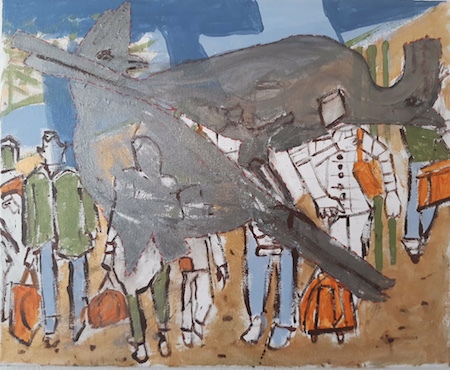


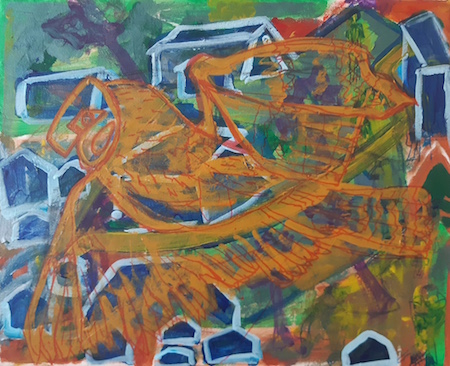
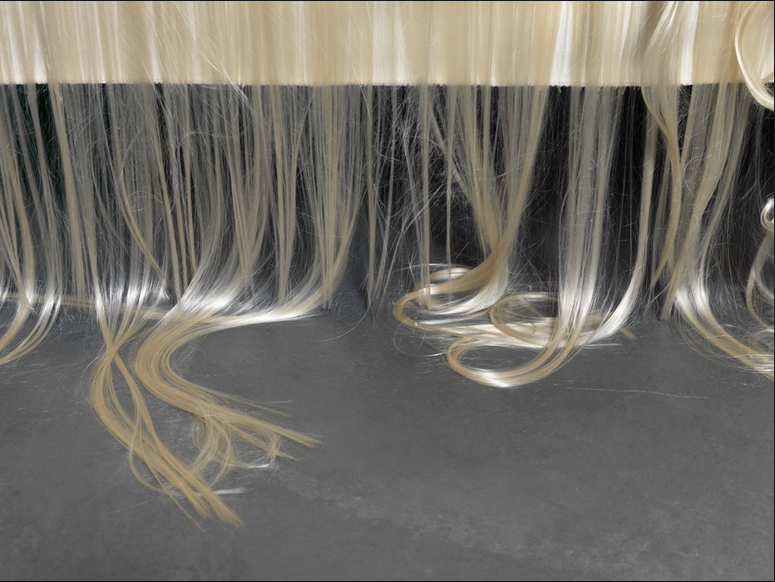

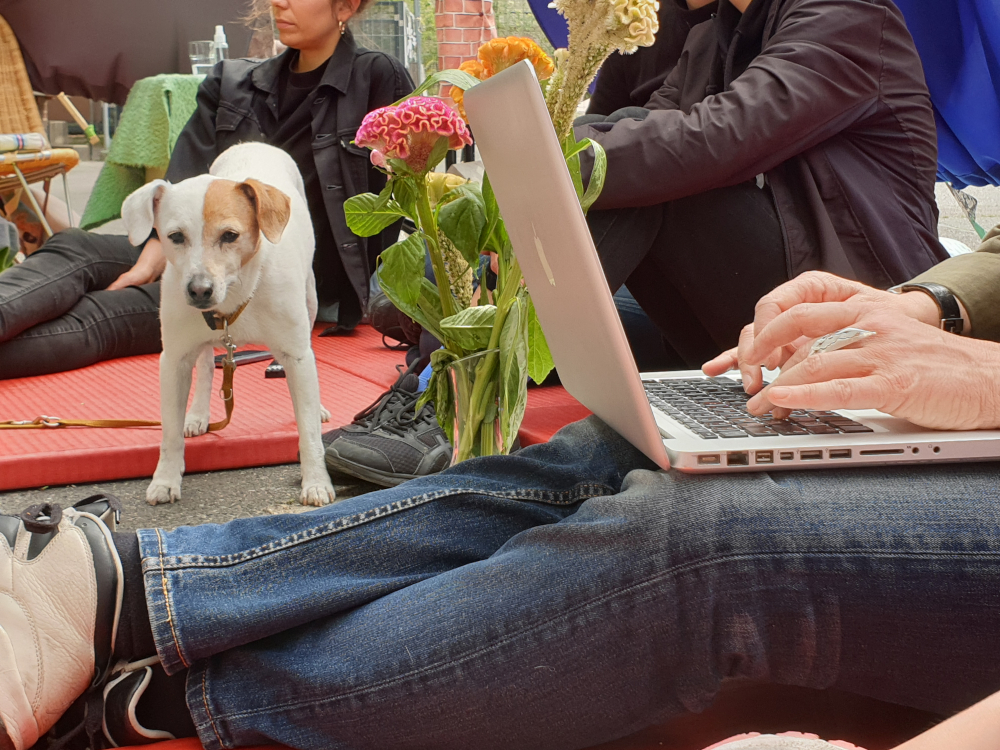
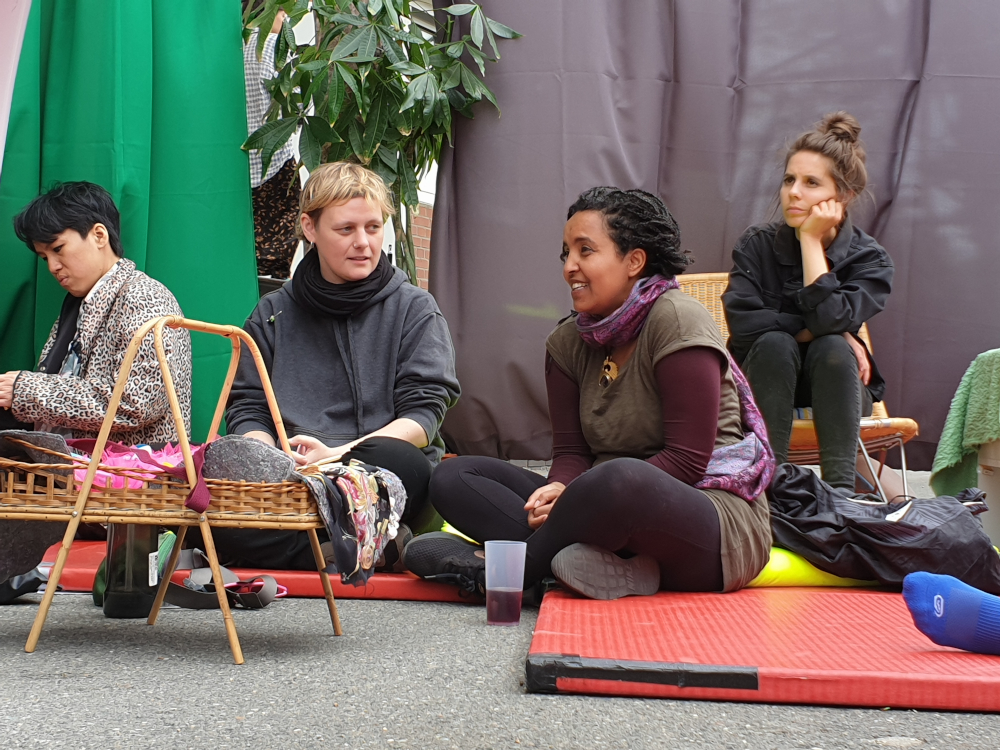

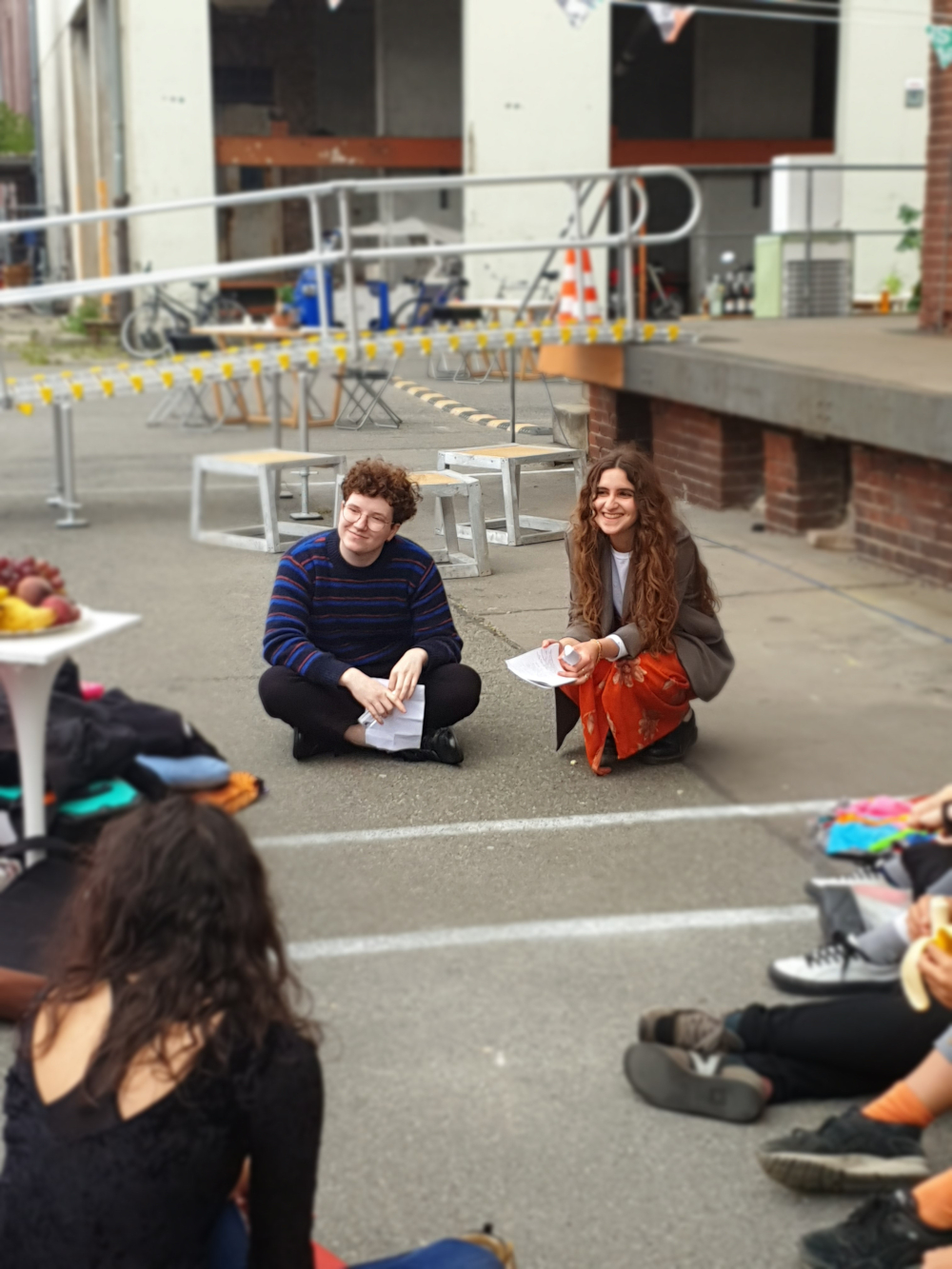




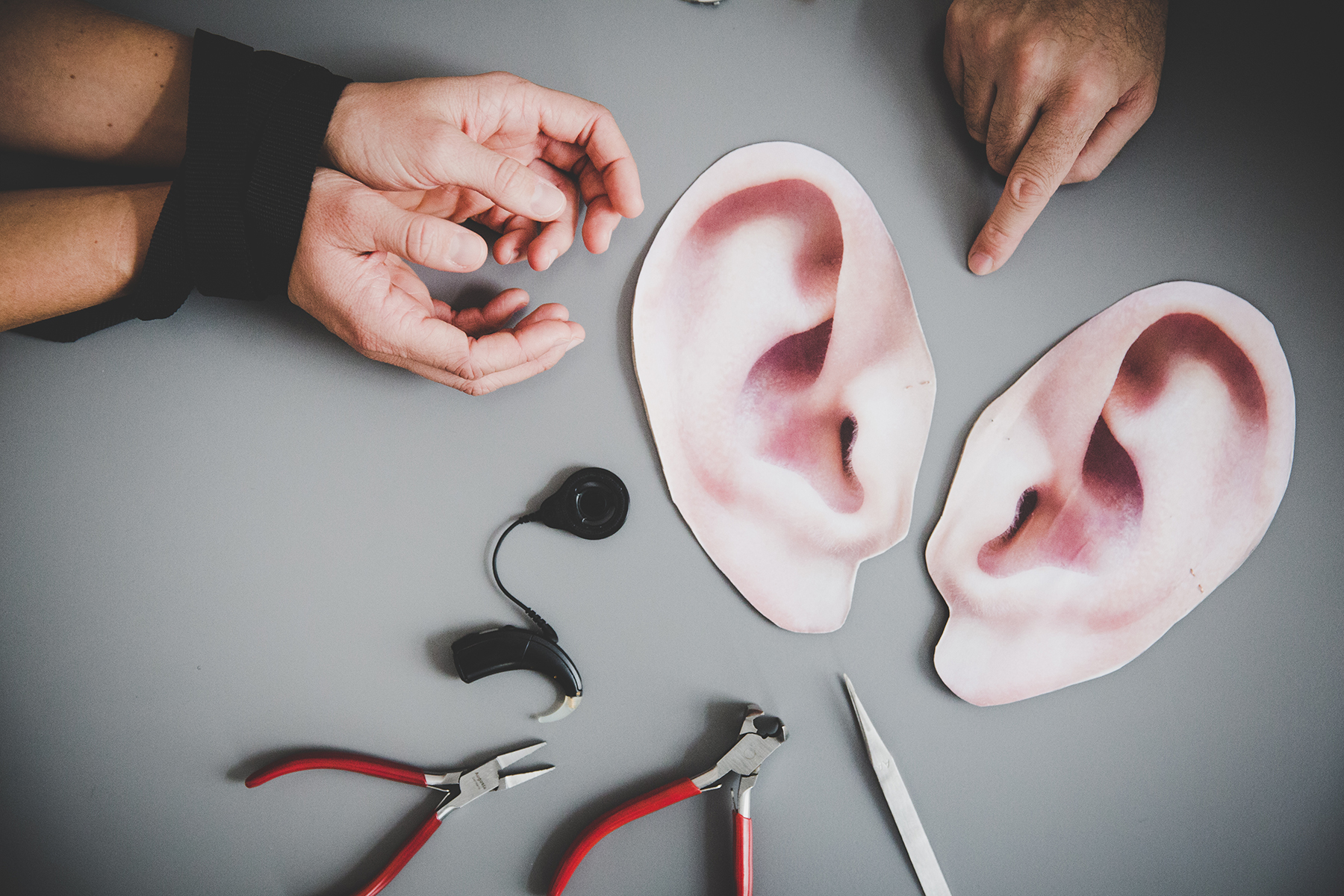
 Datum: Samstag, den 27. Oktober 2018
Datum: Samstag, den 27. Oktober 2018